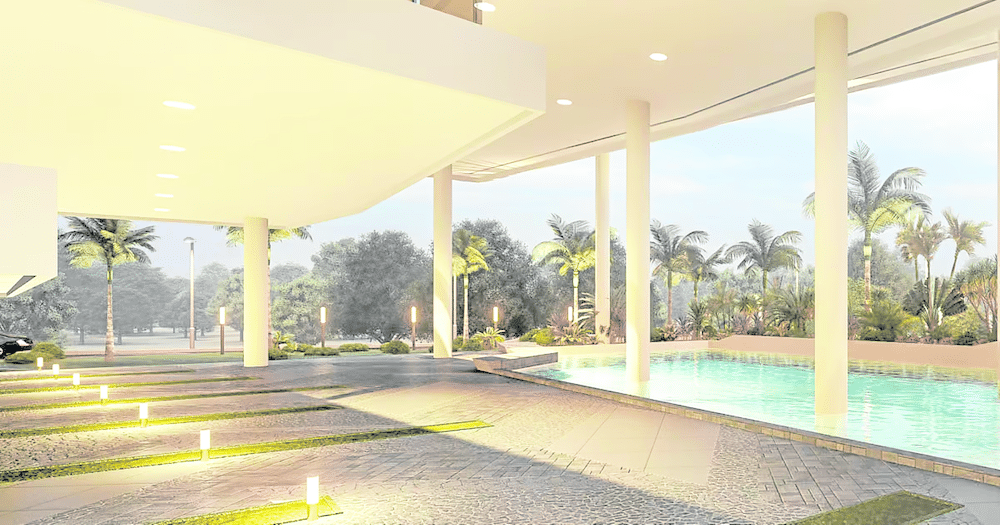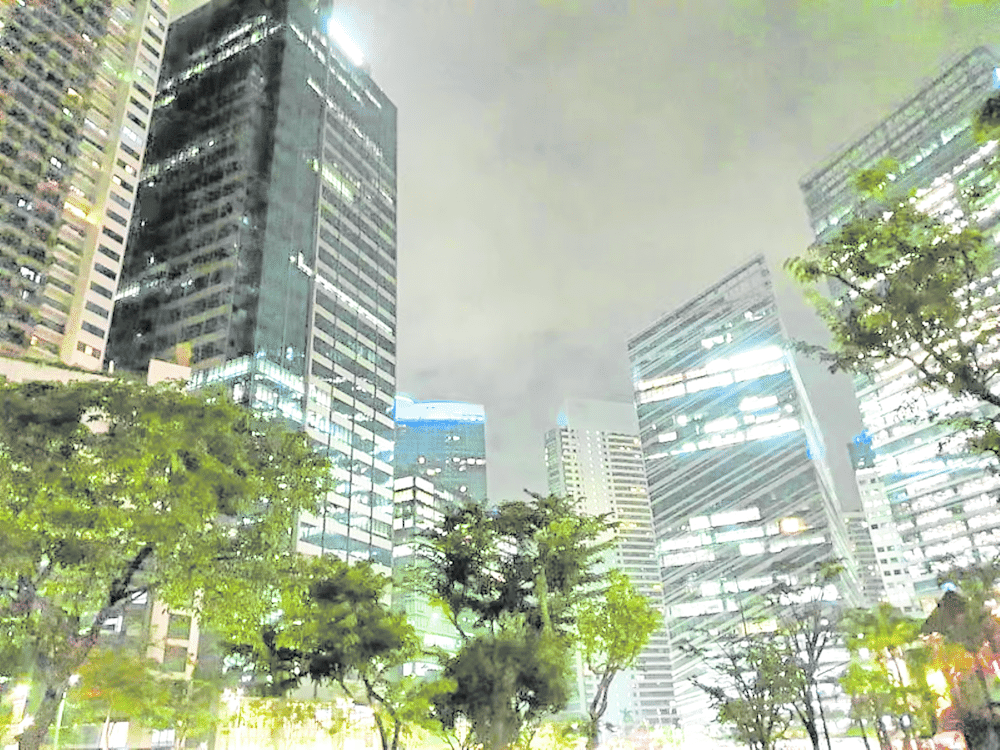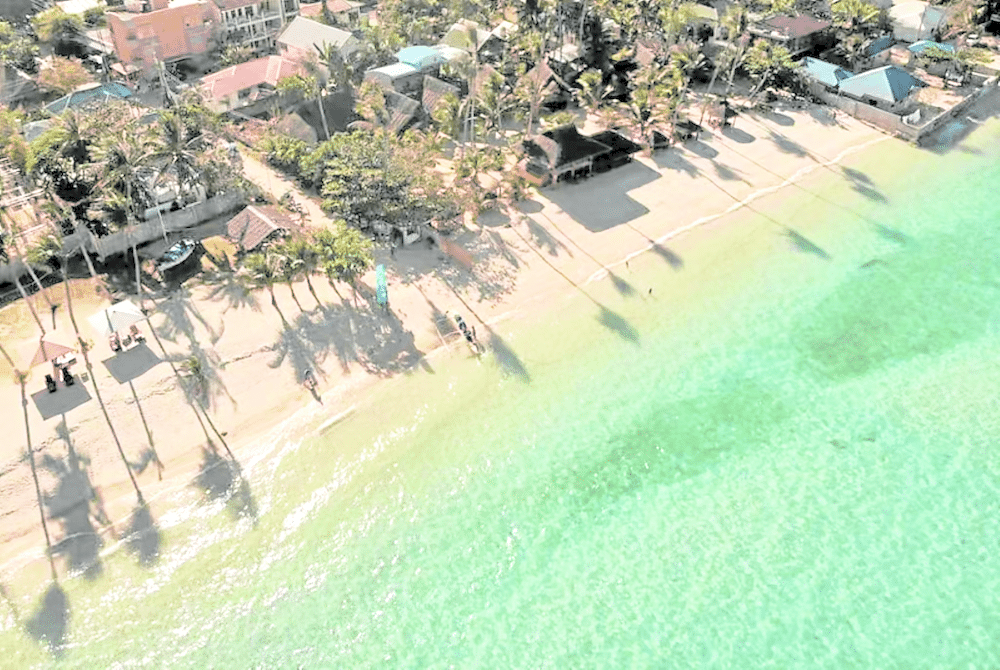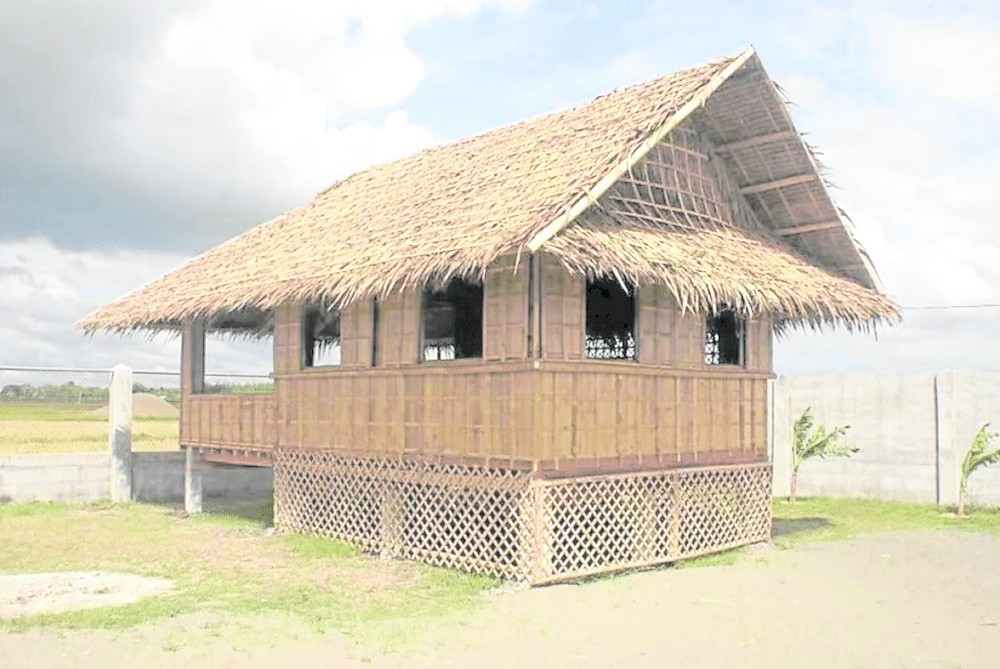Sustainable architecture in the Philippines

Sustainable architecture in the Philippines is bridging the gap between historical roots and modern solutions, setting the stage for a future where eco-friendly practices and cultural heritage coalesce to create sustainable, livable spaces.
Architects and builders have long embraced the concept of sustainable architecture, which primarily aims to reduce buildings’ negative environmental impact.
This goal drives them to judiciously enhance efficiency and use materials, energy, development space, and the ecosystem. The essence of sustainability, especially in design, is to ensure that the utilization of available resources doesn’t compromise the well-being of future societies or deplete resources for upcoming generations.
Rich history of architecture
The Philippines, characterized by its diverse ecological landscapes, boasts a rich history of architecture that seamlessly integrates with nature.
One of the most iconic representations of early sustainable practices is the traditional Filipino home, the bahay kubo. These early homes, crafted primarily from bamboo, nipa palm, and other indigenous materials, stand elevated on stilts. This design ensures natural ventilation and offers protection from floods, a common occurrence in the archipelago.
The method of these homes showcases the Filipinos’ profound understanding of their environment and ability to adapt their architectural practices to the challenges posed by the natural world.

Modern concrete and steel high rises define the central business districts in the Philippines today, reflecting the country’s rapid urbanization. The evolving challenge is to harmonize modern developments with age-old wisdom to meet the sustainability needs of the 21st century.
Shift in architectural styles
The Spanish colonial era introduced a significant shift in architectural styles with the advent of the bahay na bato. As the name suggests, the construction of these stone houses uses volcanic tuff or coral stones, a material that offers enhanced durability.
However, builders retained the essence of sustainability in this transition. The bahay na bato, while showcasing the robustness of stone, included many of the eco-friendly features intrinsic to Filipino architecture.
For example, expansive windows ensured optimal light and air circulation, keeping the interiors cool and reducing the need for artificial cooling methods. The design of these homes is a testament to the adaptability of Filipino architects, who managed to incorporate sustainable practices even while using new materials and adapting to foreign architectural influences.

The Philippines will soon face pressing challenges from climate change, including rising sea levels and frequent extreme weather events. Various local and national initiatives are fervently advocating for green building practices.
Rapid urbanization
However, as the Philippines underwent rapid urbanization, there was a noticeable shift towards modern construction techniques and materials.
Concrete and steel began to dominate the urban landscape, and high rise buildings became the norm in cities. Despite this transformation, the core principles of sustainable architecture remained deeply ingrained in the Filipino psyche.
Contemporary architects in the Philippines continue to draw inspiration from traditional designs, ensuring that sustainable architecture in the Philippines remains a vibrant and evolving field. The challenge now lies in blending modern techniques with conventional wisdom to create eco-friendly structures suited to the demands of the 21st century.

Professionals explore various global green building rating systems that set benchmarks for sustainable construction and recognize eco-friendly building accomplishments.
Sustainable future
Modern sustainable architecture in the Philippines masterfully blends age-old traditions with the latest technological advancements.
Architects and builders actively employ passive design strategies, such as maximizing the influx of natural light and strategically orienting buildings to harness the cooling power of prevailing winds. These time-tested techniques now work hand in hand with advanced systems like rainwater harvesting mechanisms and solar panels, which generate clean, renewable energy.
Material use plays a pivotal role in the sustainable architecture narrative. Upcycling, transforming waste or unwanted products into new materials or products of better quality and environmental value, is gaining momentum in the Philippines. By repurposing materials, architects are not only reducing waste but also crafting unique and eco-friendly design elements.
Furthermore, there’s a growing emphasis on reducing the carbon footprint of construction projects. One effective strategy is sourcing materials locally, which minimizes transportation emissions, bolsters the local economy, and ensures the materials are suited to the local climate and conditions.

A quintessential Bahay Kubo stands on stilts, showcasing early sustainable architecture in the Philippines. Crafted from bamboo and nipa palm, its elevated design promotes natural airflow and safeguards against frequent flooding in the archipelago.
Potential to lead
The growing practice of sustainable architecture in the Philippines demonstrates the country’s potential to lead in this domain. Drawing inspiration from its storied past and adopting innovative sustainable methodologies, it’s poised to inspire many.
While challenges lie ahead, with unwavering commitment and collaboration, a brighter and greener Filipino architectural future awaits.
The author (at www.ianfulgar.com) is a leading architect with an impressive portfolio of local and international clients. His team elevates hotels and resorts, condominiums, residences, and commercial and mixed-use township development projects with innovative, cutting-edge design and business solutions that have garnered industry recognition, making him the go-to expert for clients seeking to transform their real estate ventures
